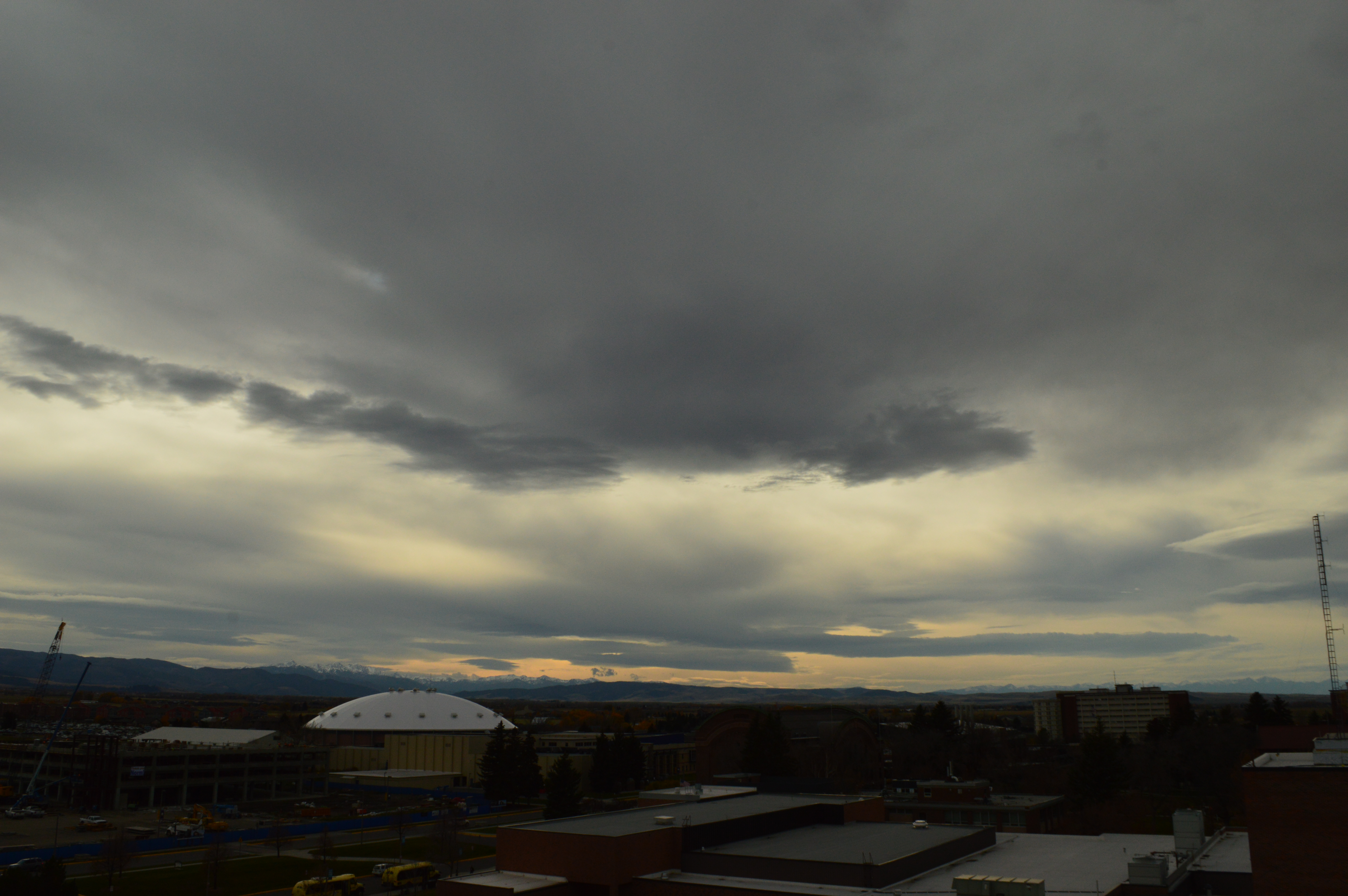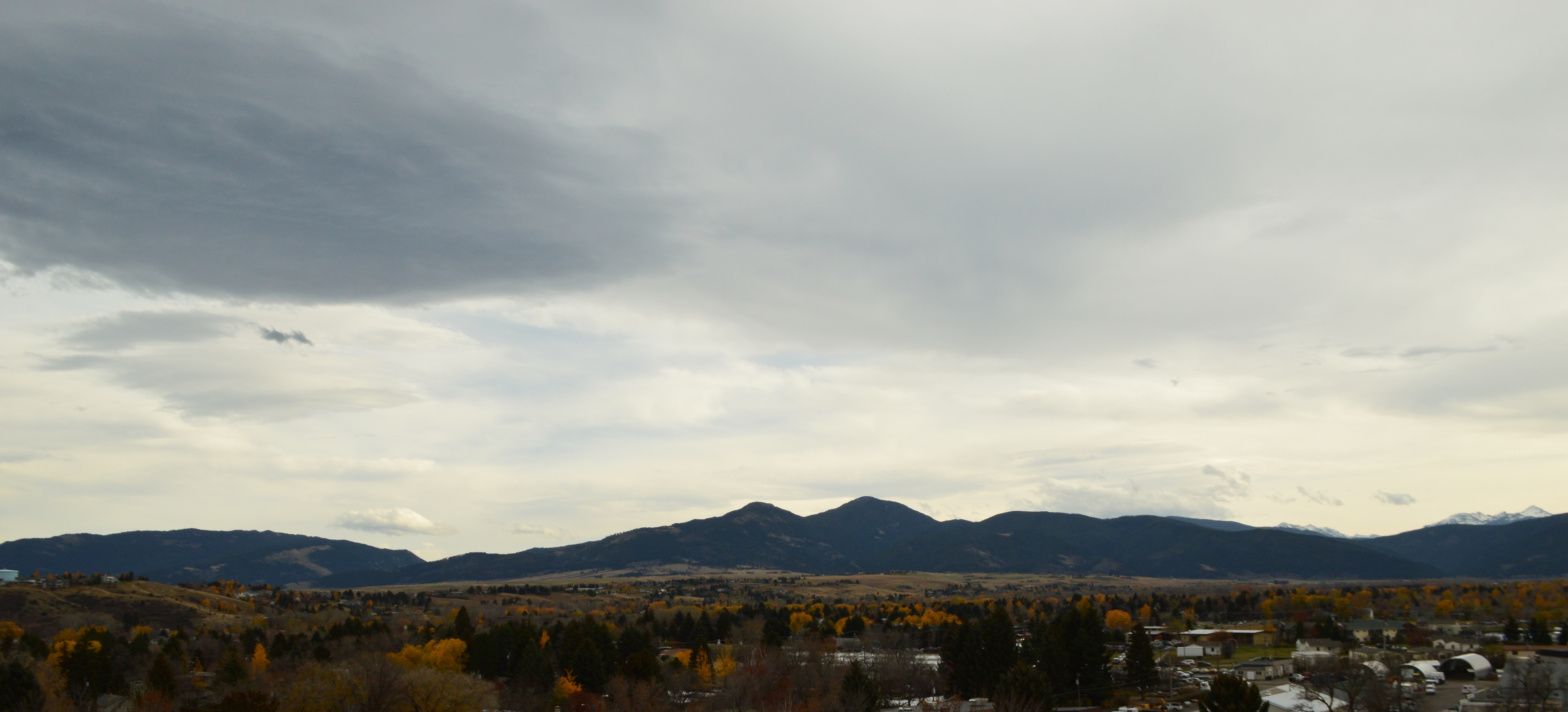Skylight Polarimeter Prototype
Introduction
Clouds come in many shapes, sizes, and appearances. Scientists who study the climate and weather patterns know a lot about different cloud types, but a missing piece in many climate models is whether a cloud is composed of liquid water droplets or ice crystals. This project seeks to help address the missing component.
The prototype that is being developed couples polarization with spectral filtering of scattered sunlight from clouds in order to determine the cloud's composition. The wavelength range where these measurements will be conducted is in the short-wave infrared (SWIR). The specific spectral bands that will be analyzed are centered at wavelengths of 1550 nm, 1640 nm, and 1700 nm. Polarization will be measured in these spectral bands because scattered sunlight from water droplets and ice crystals have different polarization signatures. By developing an imaging system capable of making these polarization-resolved spectral measurements, the team aims to successfully determine cloud phase and help address the missing component in climate modelling.
Motivation

Our project seeks to develop a prototype of a passive cloud imaging system with the capability of determining cloud phase. This sytstem would collect scattered sunlight from clouds instead of requiring a laser to illuminate the clouds from the ground. A ground-based passive imaging system capable of measuring cloud phase could be easily scaled and utilized for developing a large-scale real-time tracking of cloud phase. Making this measurement feasible would allow for current uncertainties in climate models to be reduced.
Sponsor Information
Prof. Joseph Shaw | Electrical and Computer Engineering
Ph.D. Optical Sciences
Office: 518 Cobleigh Hall
Tel: (406) 994-7261
Email: joseph.shaw@montana.edu
Prof. Wataru Nakagawa | Electrical and Computer Engineering
Ph.D. Electrical Engineering (Applied Physics)
Office: 529 Cobleigh Hall
Tel: (406) 994-5956
Email: wataru.nakagawa@montana.edu

